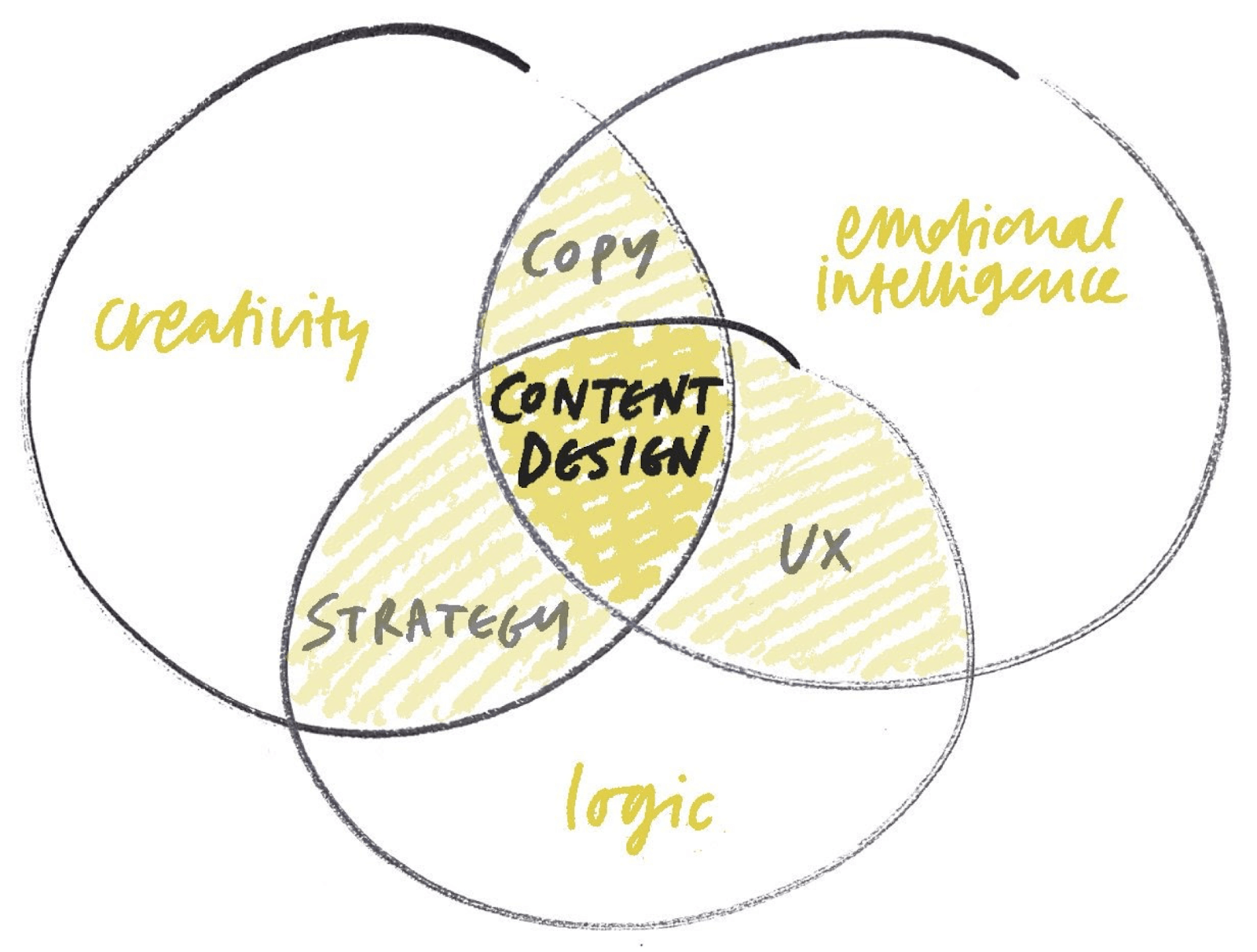Designing content, not creating copy
Good content design allows people to do or find out what they need to from the government simply and quickly using the most appropriate content format available. It is based on research into GOV.UK user behaviour, analytics and feedback. Read the original version of this guide on the GOV.UK website.
Government has a tendency to publish content that is more focused on what it wants to say than what the user needs to know. This makes content difficult to understand and act on.
This can result in frustrated users (citizens, businesspeople and even government experts) who cannot find the information they need or complete the tasks they come to GOV.UK for. We can avoid this on GOV.UK by basing what we publish on research into user behaviour and what users actually need.
Content design always starts with user needs
When we talk about content design we mean taking a user need and presenting it on GOV.UK in the best way possible.
A user need is something that a user will need to do or find out from the government and can include:
- finding out who a new minister is
- working out whether they’re eligible to claim a benefit
- registering to vote online
- checking the Trade Tariff for the taxes due on goods they import
- confirming that a client’s prospective merger is permitted under the current Competition and Markets Authority guidance
There are a lot of content formats and tools on GOV.UK, all developed in response to the specific needs of different types of users. There can sometimes be more than one way to present content and the decisions have to be made carefully.
Before publishing to GOV.UK, you need to know your users’ needs and design your content around them.
Content strategy and design
Depending on what your user needs are, you may need to:
- reduce the amount of content you plan to publish
- split one big piece of content into smaller pieces
- change the format of the content
- put some content in the Mainstream area of the site
- remove content from the site
- request a new GOV.UK tool or format to meet the needs of your users
- publish your content elsewhere, like a blog, partner site or social media
You’ll need to consider all of this when planning your content. You will also need to consider how long the content will stay on GOV.UK and what will happen to it after it’s out of date.
Designing by writing great content
Writing great content clearly, in plain English, and optimised for the web helps people understand and find the information they need quickly and easily. This guidance and the GOV.UK style guide are based on research about how people use the internet. They show how to write great content.
As a government, we must write so that GOV.UK is accessible to anybody who is interested enough to look. GOV.UK users have different reading abilities and check GOV.UK on a range of devices.
Designing to avoid duplication
Content design also involves making sure content can be easily found on a site with over 400,000 content items.
Duplicate content produces poor search results, confuses the user and damages the credibility of GOV.UK as a brand. Users end up using offline channels, like calling a helpline, because they are not sure they have all the information or the right information.
Content maintenance
Good content design practice ensures that content on GOV.UK stays accurate, relevant, current and optimised both for users and search engines. When content is no longer accurate or useful it needs to be withdrawn.
Simpler, clearer, faster
Applying all of these content design principles mean we do the hard work for the user. But the reward is a site that is simpler, clearer and faster for both government and citizens.
Further information

